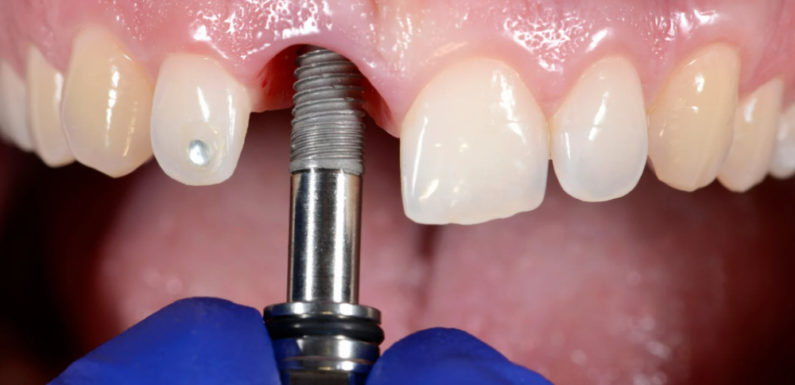
Dental implant surgery is a popular and effective way to replace missing teeth. This procedure involves placing a titanium post into the jawbone to act as an artificial root, providing support and stability for the dental crown. With the advancements in dental technology, dental implants have become a more accessible and reliable option for patients seeking a long-lasting solution for tooth replacement. In this article, we will discuss what to expect during and after dental implant surgery, helping you to be better prepared and at ease throughout the entire process.
The Dental Implant Procedure
This process usually involves several consultations, examinations, and taking X-rays and scans to define the condition of your jawbone and surrounding teeth. Once the plan is finalized and you’re ready to move forward, the actual surgery will be scheduled. Before the surgery takes place, the specialist for a dental implant in Phoenix will create a customized treatment plan based on your needs and circumstances.
The dental implant procedure involves several stages:
- Anesthesia: To ensure your comfort during the surgery, local anesthesia is administered to numb the area where the dental implant will be placed.
- Incision and preparation: The dental specialist will make an incision in the gum tissue to expose the jawbone, followed by drilling a small hole to prepare it for the implant.
- Implant placement: The dental implant is positioned into the prepared hole and secured in the jawbone using special equipment.
- Closing the incision: After the implant is securely in place, the incision is closed with sutures. Sometimes, a healing cap is placed on the implant to encourage proper gum healing.
Dental implant surgery typically takes one to three hours, depending on the complexity of the case and the number of implants being placed. To learn more about the treatment, you may also check out this blog and find out how dental implants can benefit your oral health.
After the Surgery: Recovery and Osseointegration
The recovery period following dental implant surgery will vary from patient to patient. It is normal to experience some swelling, pain, and minor bleeding in the first few days. Your dental specialist will provide instructions on how to take care of your oral hygiene and manage any discomfort during this time.
During the recovery phase, a process called osseointegration takes place. This is when the implant fuses with the jawbone, forming a strong foundation for the dental crown. Osseointegration can take three to six months, depending on individual factors such as bone density and oral health. During this period, it is essential to follow your dental specialist’s aftercare recommendations.
The Final Stage: Placing the Dental Crown
Once osseointegration is complete, your dental specialist will place the dental crown on top of the implant during a subsequent appointment. A dental crown is a prosthetic tooth designed to match the shape, color, and size of your natural teeth, ensuring a seamless appearance. This stage is relatively quick, requiring no anesthesia and minimal recovery time.
If you’re considering a dental implant to address your missing teeth, it’s important to be well-informed about the process and what to expect throughout. By understanding the various stages involved, you’ll be better equipped to make the right decision and enjoy a restored, confident smile for years to come. Remember to always consult with your dental specialist and follow their recommendations for a successful dental implant surgery experience.

